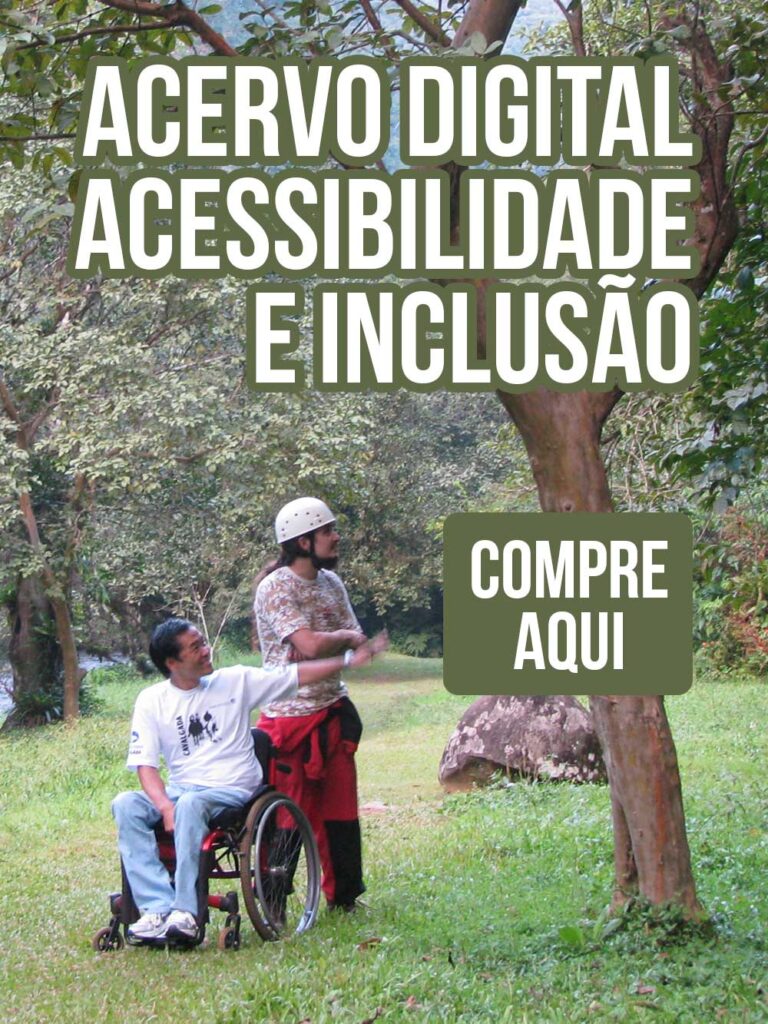Göteborg has the largest port in the Nordic region and a wonderful archipelago. The city is also highly regarded as a venue for major sporting, entertainment and cultural events. A former industrial city, Göteborg evolved into a city of creation and innovation and more recently into a city of commerce and education.
Responsibility for accessibility measures in the city rests with each district, company and property owner. The Property Management Committee has overall ownership of the City Council’s objective ‘A City for Everyone’ and has a leadership, coordination and follow-up role to achieve the objective.
The projects highlighted here demonstrate the innovative approaches that have been taken to develop comprehensive and sustainable accessibility in the city.
Accessibility inventory of the city’s 3000 public buildings and spaces
The City of Göteborg has a clear political goal to make Göteborg accessible for everyone.
As part of this commitment, the city’s administrations and companies are all required to produce inventories of their public buildings and spaces to measure accessibility.
A comprehensive approach
Every building and space in the City of Göteborg that is regarded as ‘public’ must be part of the inventory. This includes, for example, pre-schools, schools, housing for older people, museums, libraries, arenas, amusement parks, sport facilities, playgrounds, parks, etc.
The City Council is committed to a ‘holistic and comprehensive follow-up regarding accessibility in the city’.
A web-based tool ‘The Accessibility database’ is used for the inventories. It is based on human rights criteria and has been developed by the Västra Götaland region in collaboration with different interest organisations, including those representing people with disabilities and older people.
The questionnaires in the Accessibility database reflect the interest of people with disabilities, older people, children, people with different religious beliefs and Lesbian, Gay, Bisexual and Transgender people.
When each inventory is complete, the information is published on the internet. Visitors can look at the information and decide whether or not that public building and/or space is available for them.
The database also gives details of barriers to access that can easily be overcome and sets out the legal requirements for accessibility.
Deploying a city-wide workforce for accessibility
The Property Management Administration has been commissioned by the City Executive Board to manage the process of the City’s accessibility work. Their role is to lead, support, follow up and report back to the politicians.
Every administration and company in Göteborg is responsible for ensuring that the inventory of their public buildings and spaces is being carried out.
About 100 officials and inventory workers have been appointed to carry out the ongoing accessibility work. They meet on a regular basis to share information, development and training initiatives.
Keeping information up to date
Once a year the database will send out a reminder that the information needs to be updated. If it is not updated, the information on the internet will be closed down and will stay closed until an update has been received.
Funding
The cost of the inventories is met by each of the administrations and organisations in the City as part of their day to day running costs
Using procurement to encourage Universal Design
The supreme governing documents for the City explicitly require that procurement must encourage Universal Design that provides accessibility for everyone.
The Procurement Company is wholly owned by the City and is responsible for all central procurement. In 2013 a Corporate Social Responsibility (CSR) coordinator was appointed to incorporate the requirement for Universal Design into the procurement process as a part of her job.
The requirements cover procurement of all products that will be used in public buildings and spaces. They sometimes also include services. The City’s Policy and Guidelines for Procurement state that social and ethical requirements must be included in all procurement activities.
Responsibility for local procurement lies with each City administration and company and the Procurement Company is only there to offer support.
The Universal Design requirements are enforced.
There are no specific results available yet from this policy but evidence will be gathered to guide future procurement policies.
Defining Universal Design
The definition of Universal Design will vary according to the product or service to be procured. In all cases the requirements will be focused on ensuring that the design
of the environment, products or techniques enables them to be used by the greatest possible number of people.
Involving disabled and older people
Older people and people with disabilities are involved through advisory boards in developing criteria for Universal Design in areas such as housing for older people.
Funding
The costs of procurement, including any additional costs for meeting Universal Design criteria, are met by each administration or company responsible for the procurement.
Travel Planner and Travel Instructors
The public transport authority in Göteborg and West Sweden has developed a ‘Travel Planner’ to enable people to research a trip based on their individual accessibility requirements, for example, space for a wheelchair or audible stop notification.
When necessary, people with or without disabilities are offered guidance/assistance to make the journey possible.
‘Travel Instructors’ help people who are not used to travelling to take the first step and use public transport. They provide support and security from the person’s home and throughout the journey.
The public transport authority in Göteborg and West Sweden is responsible for all public transport within the City of Göteborg.
The Special Transport Service is an administration within the City of Göteborg. The administration is responsible for public transport that is designed for people who have difficulties travelling alone in the ordinary public transport system. Travel instructors are employed by the Special Transport Service.
Gathering and verifying accessibility
All bus, tram and boat stops are recorded in a database and whenever refurbishment or rebuilding takes place the information is updated.
There is also a database listing all public transport. This is used for traffic planning and also as a source of information for the Travel Planner.
About 590.000 requests for information are made every day and about 300.000 make use of the Travel Planner.
Travel Instructors: Teaching confidence
The Travel Instructors are employed and trained by the Special Transport Service. There are currently two people working part time as Travel Instructors.
The work with Travel Instructors started in October 2006 and at that time an occupational therapist was employed to organise the work and train the first Travel Instructors.
Over time the organisation has developed its own strategies and competence and gained experience in how different disabilities affect your ability to move and to travel. The Travel Instructors need to have a lot of knowledge about people with disabilities, know the city well and know the public transport system.
The Travel Instructors who are currently employed have received different training, including by the organisation SRF (Visually Impaired Federation). They used special glasses that simulated different eye conditions to understand the needs of blind and visually impaired people.
They have also tried to travel on public transport using various mobility aids such as wheelchairs, and have learned how to use a wheelchair on the ramps of buses
and trams. They have even tried to drive a tram (with a tram driver) to understand the driver’s point of view. They are trained to use the ticket machines and the Travel Planner.
When a new Travel Instructor is employed he or she must work beside an experienced Travel Instructor before being allowed to work by themselves with a traveller.
The most important quality for a Travel Instructor is to be sensitive to the traveller and to listen to their requests. They work with travellers to agree on what training is needed and what realistic goals can be set.
There is significant demand for the support of the Travel Instructors. This last year the instructors have seen growing interest from visually impaired people to learn how to travel with or without their guide dogs.
There is no limit to how many journeys the Travel Instructor can assist with, but there must be a realistic goal as regards when the traveller should be able to travel by themselves. The most common approach is for the Travel Instructor to assist with one journey using the Flexiline (a special service that takes passengers nearer to their destination). However, when they assist people to use other forms of public transport they often need to spend more time before the traveller is confident to travel independently.
Since the scheme was introduced in 2007, 239 people have achieved their goals of independent travel.
Funding
The Travel Instructors are funded as part of the Special Transport Service, while the Travel Planner is financed by the taxpayer.
Source: European Commission



